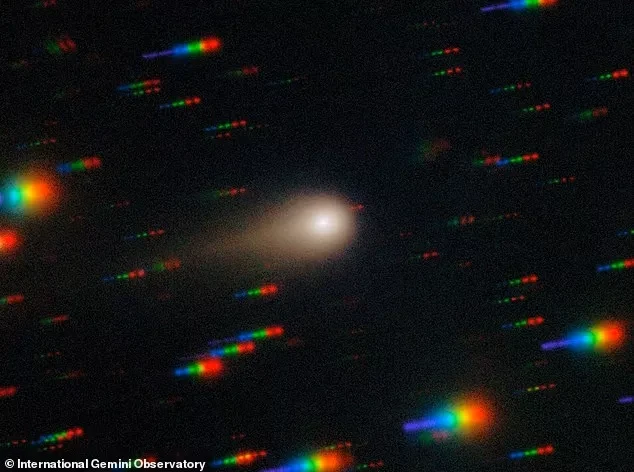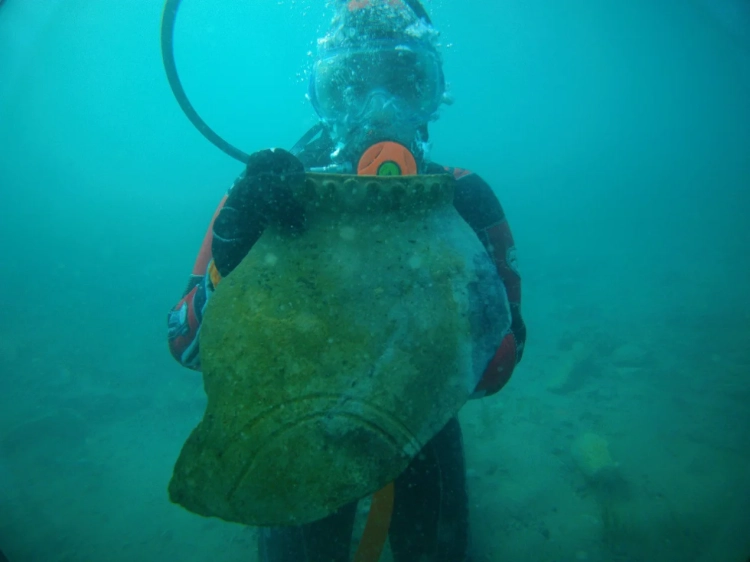
According to media reports, NASA has quietly begun implementing measures to protect Earth after an interstellar object exhibited unusual and unexplained characteristics, sources report.
The comet 3I/ATLAS, which was recently added to the threat list, is under the control of a UN-accredited group that deals with planetary defense against near-Earth objects.
IAWN works in collaboration with various organizations around the world that are engaged in detecting, tracking, and analyzing objects threatening Earth to assess the possibility of a collision.
3I/ATLAS is the first interstellar object to be added to this list, prompting global exercises aimed at enhancing skills in detecting space objects and preparing for potential threats.
The object has displayed a number of unusual characteristics that do not align with typical comets, including the presence of an "anti-tail," which means it is ejecting particles toward the Sun.
Reportedly, special exercises will be conducted from November 27, 2025, to January 27, 2026.
Telescope and tracking systems worldwide will focus their efforts on the 3I/ATLAS object to refine methods for locating it in the sky.
"This is called a 'test of advanced astrometry methods.' In other words, the object is behaving differently than expected," noted one user on platform X.
"When all telescopes from Mauna Kea to Chile are working synchronously on one object, it's not just an exercise," added another user on X.
On Wednesday, the Daily Mail reached out to NASA, but the agency responded that the space program is "currently on hold" and declined further comments.
NASA is part of IAWN alongside organizations like the European Space Agency, which work together to protect Earth from asteroids and comets.
However, NASA does not plan to launch rockets for protection against 3I/ATLAS, viewing this event as an opportunity for knowledge exchange among astronomers and improving observation quality of the object.
Although scientists do not plan to conduct global monitoring until the end of November, 3I/ATLAS is approaching the Sun and may soon become invisible.
Harvard scientist Avi Loeb has hypothesized that the object's unusual maneuvers may indicate that it is using the gravity of a star to alter its trajectory.
Before exhibiting its oddities near the Sun, 3I/ATLAS was expected to pass closest to Earth in December, but some skeptics believe that the activation of the planetary alert system may indicate that authorities are more concerned about this object than it seems.
3I/ATLAS will reach its closest approach to our Sun in a week, at a distance of 126 million miles.
It does not matter whether this object is a comet or something created by an intelligent civilization; astronomers believe its size may exceed 28 miles in diameter.
"If 3I/ATLAS is indeed a massive spacecraft, it will likely continue on its original trajectory and leave the Solar System," Loeb stated in his blog.
Previously, the professor suggested that 3I/ATLAS could be a craft with a nuclear engine after the Hubble telescope captured it emitting its own light during the summer.
During its close flyby past Mars on October 3, space probes transmitted images showing the object resembling a cylinder covered in nickel, giving it a green glow.
This has sparked even more speculation that the comet could be an extraterrestrial probe, as nickel is used in spacecraft for protection against high temperatures.
NASA scientists note that the surface composition of the object includes nickel, silicon, and refractory minerals resistant to high temperatures, indicating its metallic nature. Some astronomers suggest that the shiny nickel layer may be the reason for the green glow recorded during the flyby past Mars on October 3, making the behavior of this object unusual even for interstellar bodies.
































